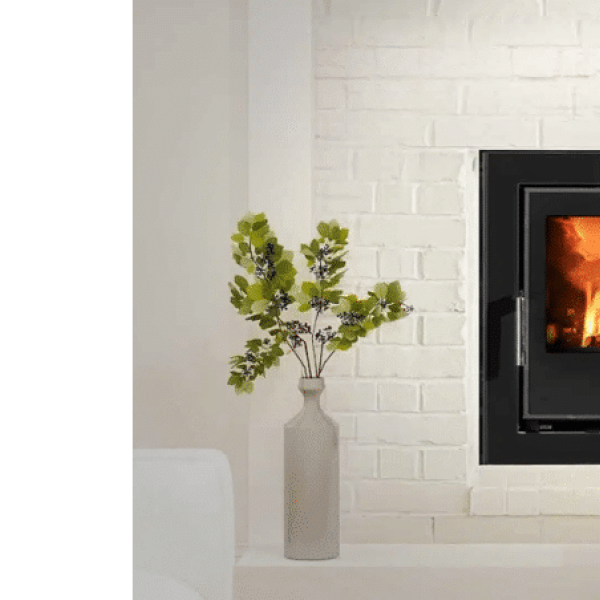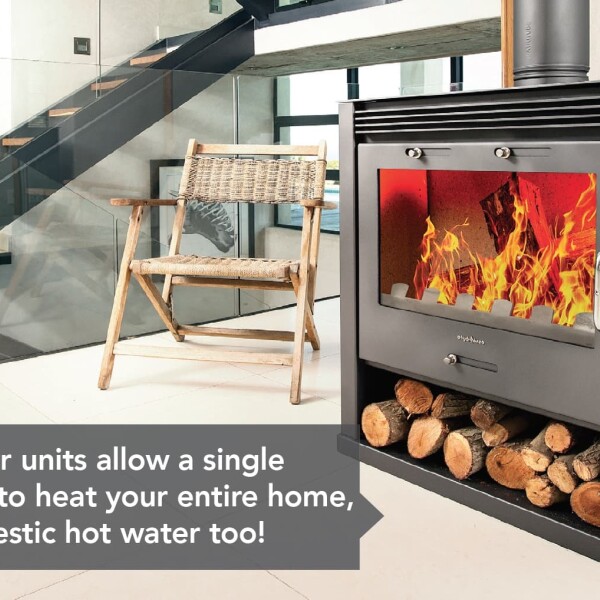Introduction – Hydrofire’s Guide to Chasseur Cast Iron Cookware Care
Investing in Chasseur cookware from Hydrofire means bringing home a piece of French craftsmanship designed to last for decades. With proper care, these enamel cast iron pots and casseroles can serve South African families for generations. But while traditional bare cast iron requires constant seasoning and careful upkeep, Chasseur’s enamel finish makes things much simpler.
This guide walks you through the do’s and don’ts of enamel cast iron care, how to clean Chasseur cookware correctly, and tips to keep every pot looking and cooking like new.
Hydrofire Explains the Difference: Enamel vs Bare Cast Iron
Bare Cast Iron – Seasoning is Essential
Traditional bare cast iron requires a protective layer of oil (seasoning) to prevent sticking and protect against corrosion. Without regular seasoning, food can cling, flavours can transfer, and the metal can deteriorate over time.
Enamel Cast Iron – The Chasseur Advantage
Hydrofire’s Chasseur cookware eliminates this need. Each piece is double enamelled, giving it a smooth, non-reactive surface that doesn’t require seasoning. The enamel resists food sticking, simplifies cleaning, and allows cooks to prepare acidic dishes — like tomato-based sauces or lemon-infused recipes — without worry.
What This Means for South Africans
For busy households, this difference is transformative. Instead of spending time maintaining cookware, Hydrofire’s Chasseur owners can focus on cooking and enjoying meals, knowing their cookware is designed for effortless everyday use.

Do’s and Don’ts of Chasseur Cast Iron Cookware Care with Hydrofire
Do’s – Best Practices for Enamel Cast Iron Care
Do preheat gradually: Allow the pot to heat up slowly rather than exposing it to sudden high heat. This protects the enamel coating.
Do use medium to low heat: Chasseur retains heat efficiently; there’s no need for constant high settings.
Do handwash after cooling: Let the cookware cool before cleaning to avoid thermal shock.
Do use wooden, silicone, or nylon utensils: These protect the enamel surface from scratches.
Do dry thoroughly: Even though enamel resists corrosion, drying ensures long-term protection and keeps cookware looking new.
Don’ts – What to Avoid with Chasseur Cast Iron Cookware
Don’t use metal utensils: They can scratch the enamel.
Don’t plunge hot cookware into cold water: This can stress the enamel and cause cracking.
Don’t use abrasive cleaners: Steel wool or harsh chemicals may damage the finish.
Don’t stack heavy items directly on top: Always use protective liners or cloths when storing multiple enamelled pieces.
By following these guidelines, Hydrofire customers can extend the life of their Chasseur cookware and enjoy consistent performance.
Hydrofire’s Tips for Cleaning Chasseur Cast iron Cookware
Everyday Cleaning Made Simple
Most of the time, warm soapy water and a soft sponge are all you need. The enamel surface prevents sticking, so even sauces and stews wash away easily.
Tackling Stubborn Stains
For tougher stains, Hydrofire recommends soaking the pot with warm water and baking soda. A gentle scrub with a non-abrasive sponge lifts residue without damaging the enamel.
Avoiding Flavour Transfer
Unlike bare cast iron, Hydrofire’s Chasseur range doesn’t absorb flavours. This means a curry cooked one night won’t linger when you make a lemon chicken the next. Proper cleaning between uses keeps flavours fresh.
Heat Ramping – Hydrofire’s Guide to Temperature Control
Why Gradual Heating Matters
One of the most common mistakes with enamel cast iron is subjecting it to sudden temperature changes. Hydrofire advises gradually heating cookware, especially on high-powered gas burners. This avoids stress on the enamel coating.
Cooking with Confidence
Once heated, Hydrofire’s Chasseur cookware retains temperature beautifully. That means you can lower the heat and still enjoy steady simmering — ideal for stews, curries, and soups that need hours of cooking.
Oven and Outdoor Cooking Tips
Chasseur pots transition seamlessly from stovetop to oven. For outdoor cooking, Hydrofire suggests avoiding direct flames; instead, place cookware over glowing embers or use a trivet for gentle, even heat.
Choosing the Right Utensils – Hydrofire’s Enamel Protection Tips
Best Utensils for Chasseur Cast Iron Cookware
Hydrofire recommends using:
Wooden spoons for stirring.
Silicone spatulas for scraping.
Nylon utensils for serving.
What to Avoid
Metal spoons, whisks, or knives can damage the enamel coating, leading to chips or scratches. Plastic utensils are fine, but heat-resistant silicone is preferred for long-term durability.
By choosing the right tools, Hydrofire customers can preserve the sleek enamel finish for decades.
Storing Chasseur Cast Iron Cookware – Hydrofire’s Practical Guide
Proper Storage at Home
Allow cookware to cool and dry fully.
Store lids separately or use protective cloths to avoid enamel chipping.
For stacked storage, line pots with soft fabric or felt protectors.
Showcasing Cookware in the Kitchen
Hydrofire customers often display their Chasseur enamel cookware on open shelves or hanging racks. With its bold colours and elegant design, each piece doubles as functional décor.

Troubleshooting – Hydrofire Answers Common Questions
What if My Enamel Gets Stained?
Hydrofire suggests a baking soda paste or a gentle soak with vinegar and water. Avoid bleach or harsh abrasives.
Can I Use My Chasseur Pot on Induction?
Yes — Hydrofire confirms that the cast iron base is induction-compatible, making Chasseur suitable for modern South African kitchens.
Is Enamel Cast Iron Dishwasher Safe?
Technically yes, but Hydrofire recommends handwashing to preserve the enamel’s long-term finish.
Hydrofire’s Lifestyle Angle – Cooking and Caring for Generations
Hydrofire believes cookware should be practical, durable, and beautiful. With Chasseur, South African families get all three. Proper care ensures every casserole, stew, and roast not only tastes delicious but is prepared in cookware that looks as good as the day it was bought.
From weekday curries to festive celebrations, Hydrofire’s Chasseur collection is built for lifelong cooking memories.
Hydrofire Makes Chasseur Cast iron Cookware Care Simple
In the world of Chasseur cookware care, Hydrofire sets the standard with clear guidance and long-term support. By following simple do’s and don’ts, using the right utensils, and cleaning cookware properly, South Africans can keep their enamel cast iron looking and cooking like new.
Hydrofire doesn’t just sell premium cookware — it provides the tools and knowledge to protect your investment for decades. With Hydrofire’s expertise and Chasseur’s craftsmanship, every South African kitchen can enjoy world-class cooking made simple.

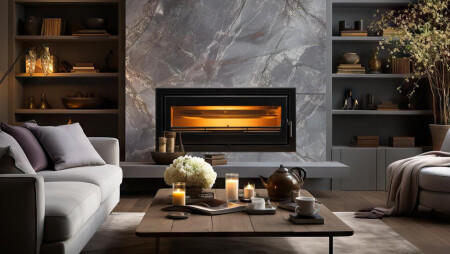
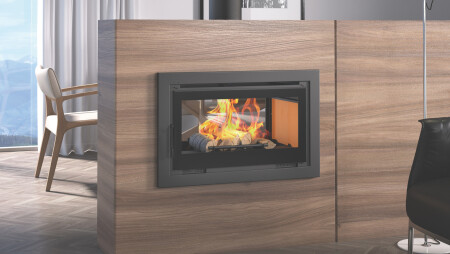
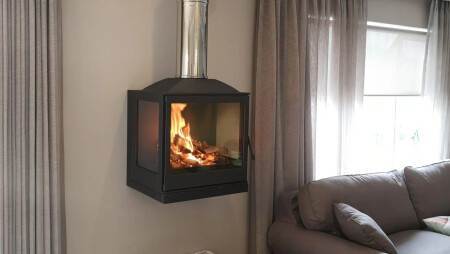
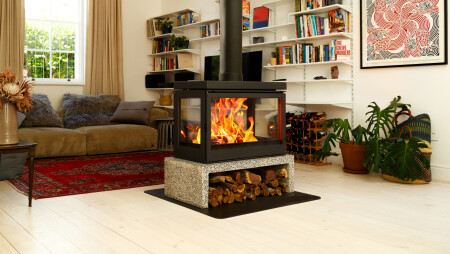

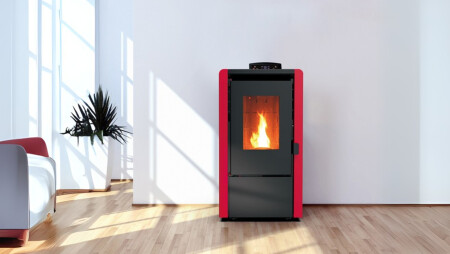

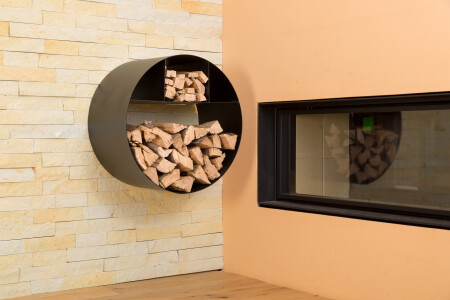

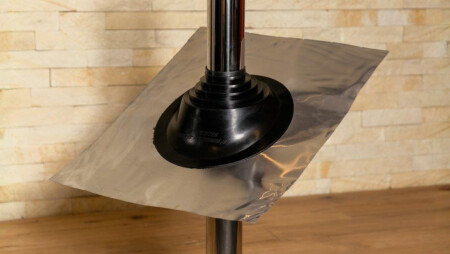
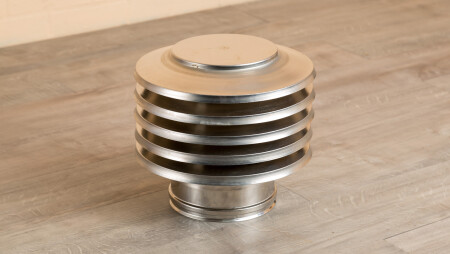
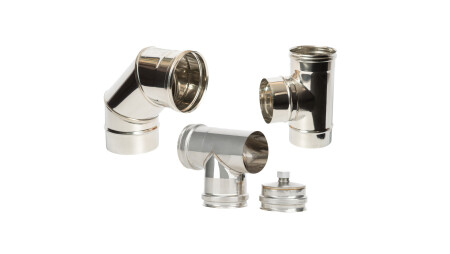


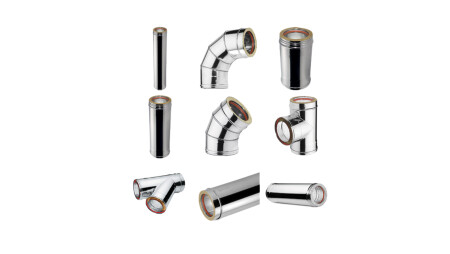
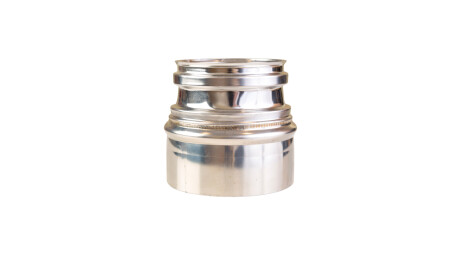
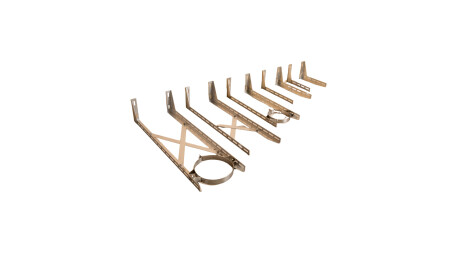

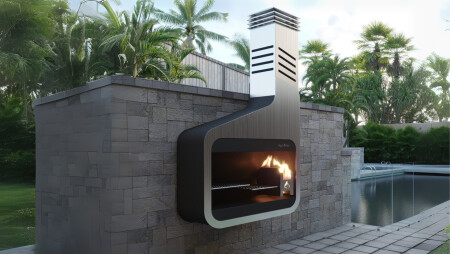
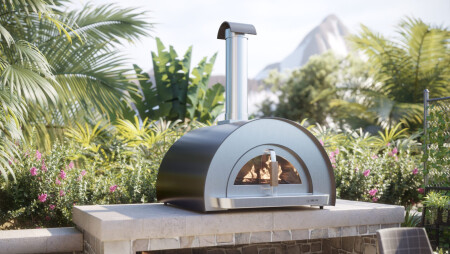
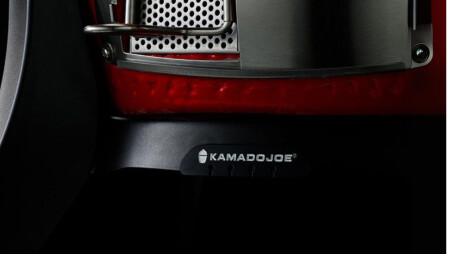
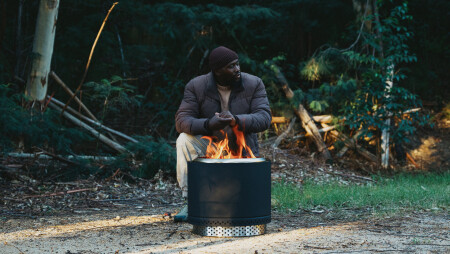
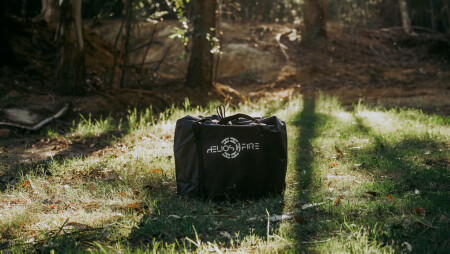

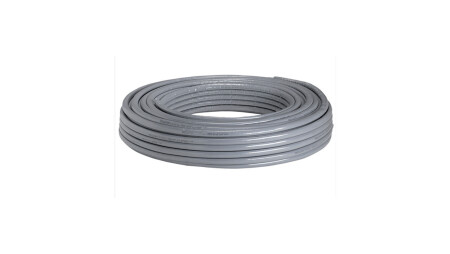

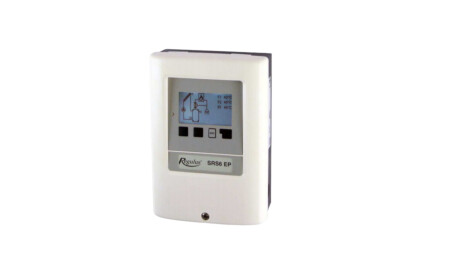



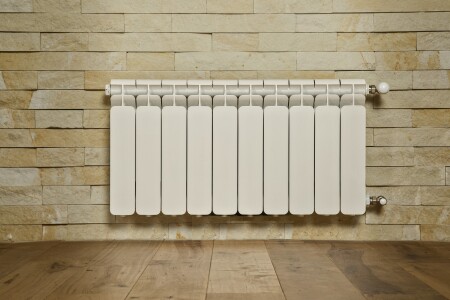
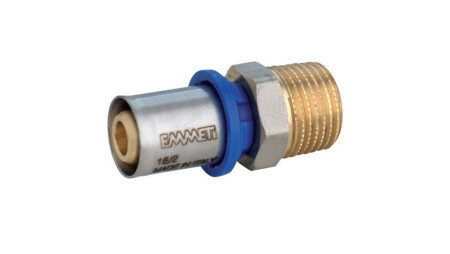

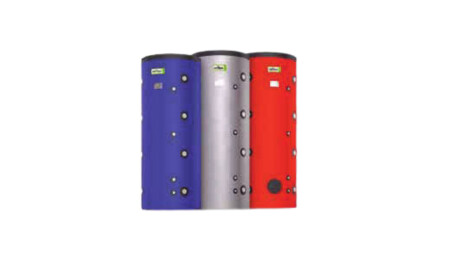
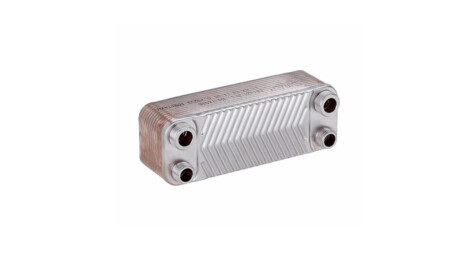
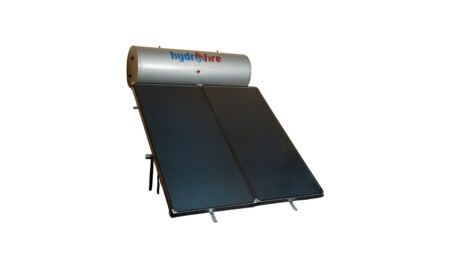
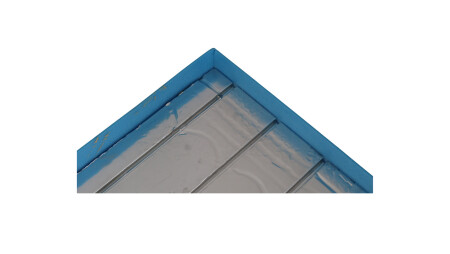
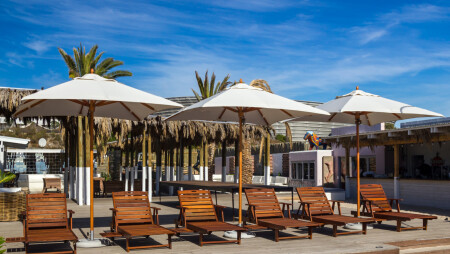
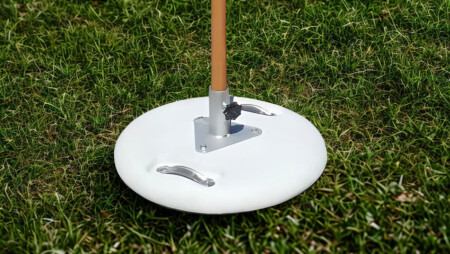
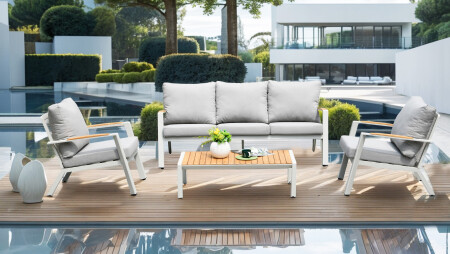
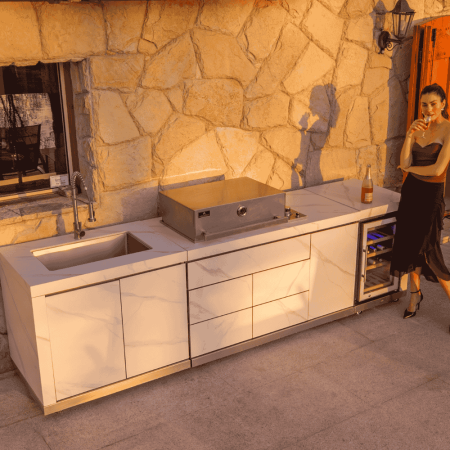
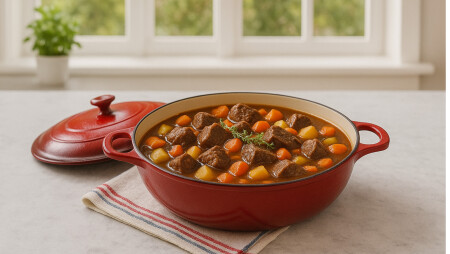
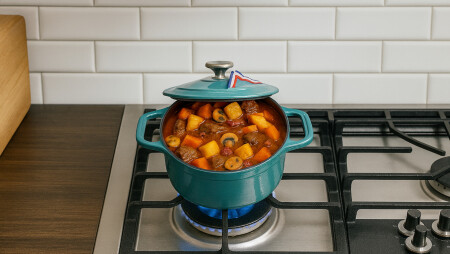




.jpg)
.jpg)
.jpeg)
.jpg)
